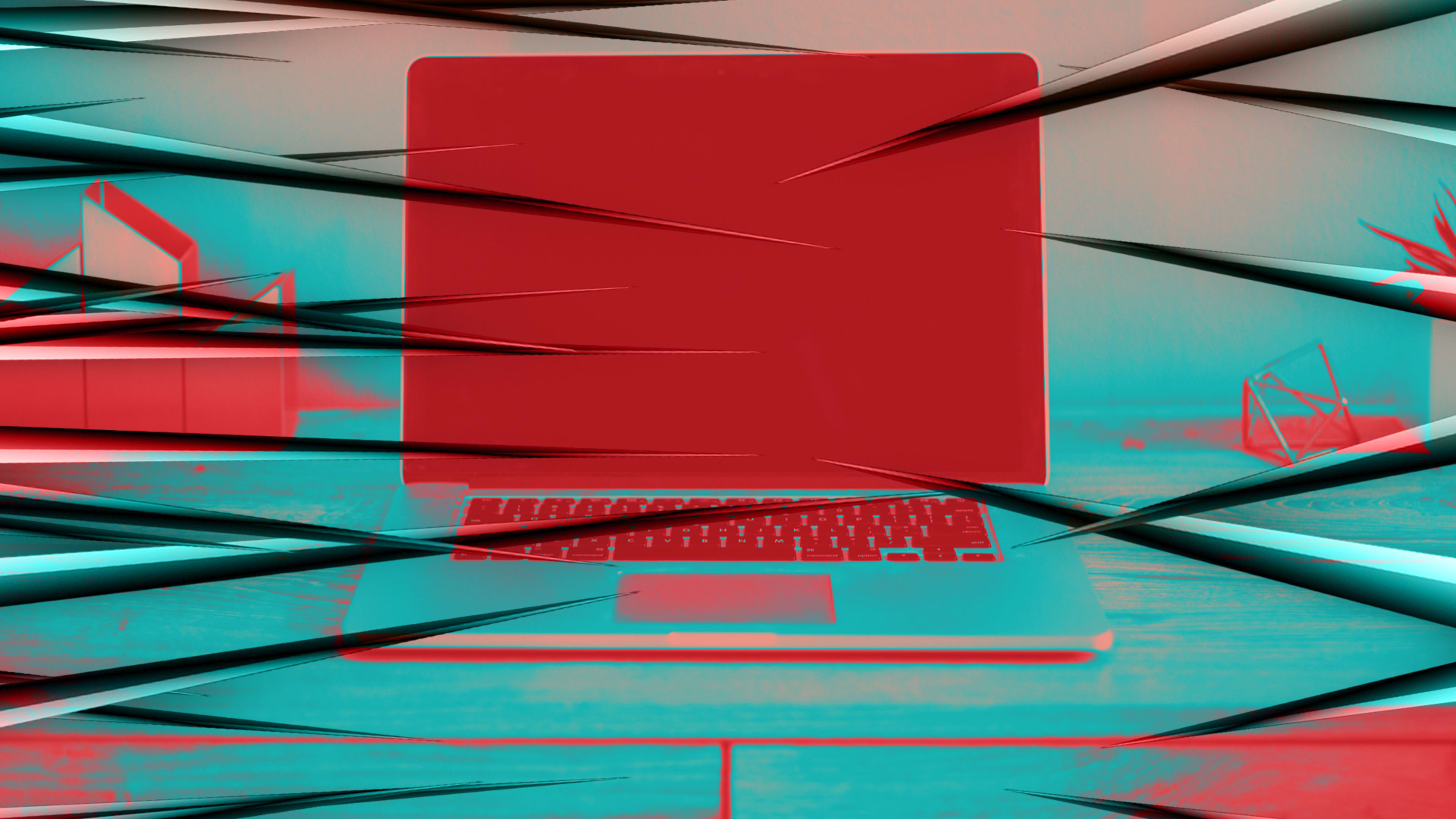How we hold meetings, how we collaborate with colleagues, our working hours. Nearly everything about how we work has changed over the last 20 months. And this new version of work has thankfully allowed for at least a little more equality in the lives of people with disabilities and working parents among others. But being removed for the physical office space hasn’t solved many issues of inequality. Workplace harassment for example has actually increased in the months since office workers have been at home.
On the latest episode of The New Way We Work, I talked to Ellen Pao, CEO and co-founder of the diversity and inclusion nonprofit Project Include. Pao is also the former CEO of reddit, where she attempted to overhaul the company’s culture to weed out toxic behavior.
Here’s what she had to say about what’s behind the increase, the different forms workplace harassment takes in a remote setting, and what companies need to do.
Why has harassment increased in remote work?
According to Project Include’s fall 2020 survey of over 3,000 U.S. employees 14% experienced an increase in harassment based on age, 26% based on gender, 10% based on race or ethnicity. Pao says that some of the increase may be a reaction and backlash to the racial reckoning of the summer of 2020, while other increases in hostility are due to the extreme stress employees have been under to work longer hours and always be available compounded by the stresses of the global pandemic. Part of the increase is also likely due to the increased anonymity of digital platforms, and the fact that for many the personal connection to their colleagues has dissipated or was never formed since they don’t work in the same place. “The fact that we’ve lost that ability to connect with others in our workplace is preventing us from healing and recovering from all of this anxiety and stress that we’ve been experiencing, Pao says. “That lack of connection can enable people to cause harm on their coworkers.”
What does harassment look like in remote work?
Most people have a picture of what workplace harassment that takes place in an office looks like. It’s harder to picture how harassment manifests on virtual platforms. Pao says that while some of it takes place in face to face interactions on video conferences, it’s also on phone calls and in written forms like slack, text and email. In pre-pandemic times with in-person harassment, a lack of paper trail or witnesses it could make harassment hard to prove. But now it seems that many harassers feel either emboldened, careless, or both. “A lot of people don’t care that there’s a record because there’s this assumption that people aren’t going to report, Pao says, “And we also found that people don’t report that people aren’t comfortable, they don’t trust HR. They don’t trust their companies to do the right thing”
Listen to the full episode for more on what bystanders can do, how can companies can adjust their polices and culture and why addressing these issues is a critical business imperative especially in light of the Great Resignation.
You can listen and subscribe to The New Way We Work on Apple Podcasts, Google Podcasts, Stitcher, Spotify, RadioPublic, or wherever you get your podcasts.
Recognize your brand’s excellence by applying to this year’s Brands That Matter Awards before the final deadline, June 7.
Sign up for Brands That Matter notifications here.
